- Home
- Listings
- Things To See & Do
- Car Hire
- News
- Properties
- What’s On
 ES
ES
La Zubia Arab Baths
The Arab Baths of La Zubia: A Journey to the Past
The Arab Baths of La Zubia, located in the municipality of the same name, were built between the 12th and 13th centuries and are among the few remaining traces of the Muslim era in the region. These baths, which are representative of the Islamic architecture of the time, are situated on the outskirts of the urban area, near the orchards that surround the northern part of the municipality. Their strategic location, next to an irrigation channel that supplied water to the building, enhances their value as an exceptional example of rural Muslim baths.
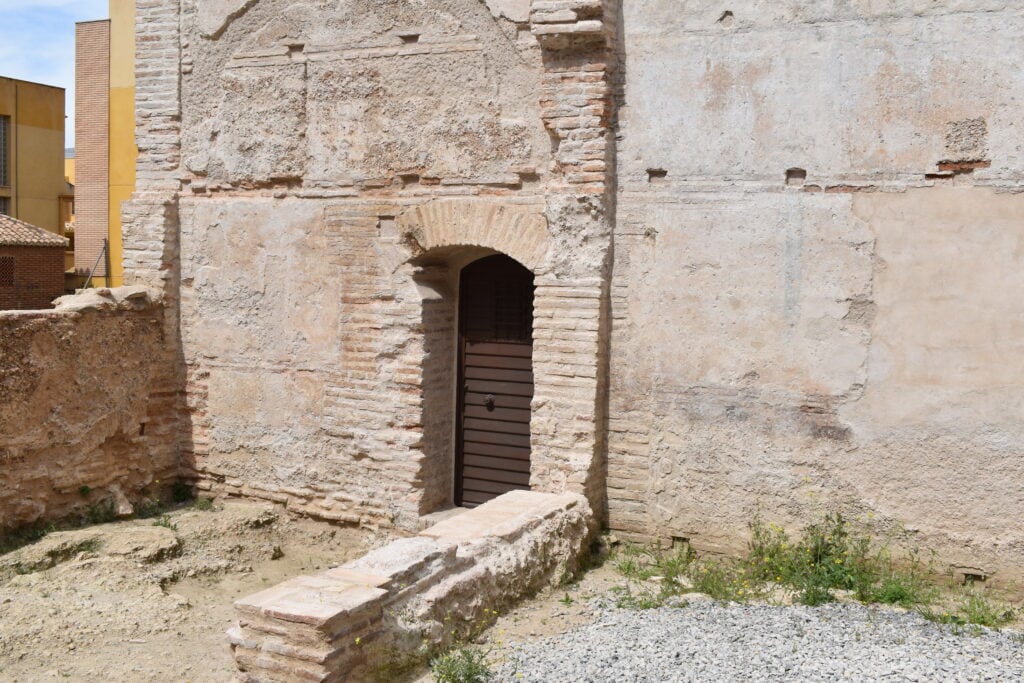
The Arab Baths of La Zubia are characterized by their functionality and simple yet effective structure. With a series of rooms that includes an underground heating system (hypocaust), barrel vaults, and star-shaped skylights in the ceilings, these baths offer a valuable insight into daily life during the Islamic medieval period. Unlike other baths in the region, such as the Arab Baths of Granada, which feature more decorated and monumental architecture, the Arab Baths of La Zubia stand out for their practical design and near-perfect preservation.
Layout and Structure of the Baths
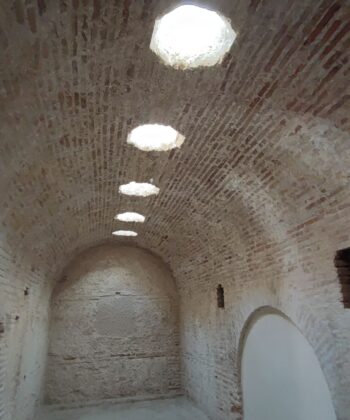
The layout of the Arab Baths of La Zubia consists of a series of rooms, or chambers, each with a specific function within the bathing process. Of the three original rooms, two are well-preserved and measure approximately 8.3 meters in length. The third room, which would have been the frigidarium (cold room), was perpendicular to the tepidarium, giving the baths of La Zubia a special and unique design.
The two preserved rooms, the caldarium (hot room) and tepidarium (warm room), are in excellent condition. These rooms are covered with barrel vaults made of bricks and feature star-shaped skylights on the ceiling, which allowed natural light to enter and ensured proper ventilation.
The Hypocaust: A Key Feature
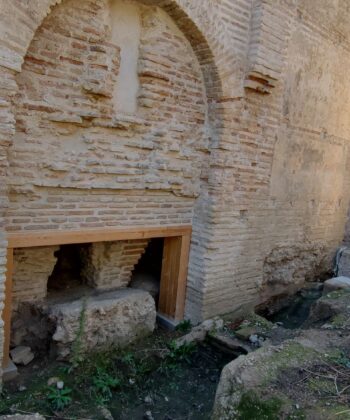
One of the most interesting aspects of the Arab Baths of La Zubia is the hypocaust, an underground heating system used in the hot room. This system consists of a series of conical brick pillars that elevate the floor, allowing hot air to circulate beneath the rooms. The hypocaust at La Zubia is one of the best-preserved examples in the entire Iberian Peninsula and serves as a clear demonstration of the engineering methods of the time to maintain a pleasant temperature in the baths.
Discovery and Preservation
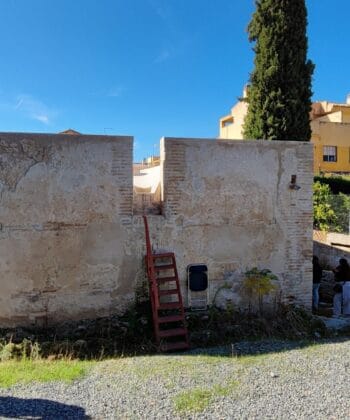
The Arab Baths of La Zubia were forgotten for centuries, as the site remained in private hands until the late 20th century. The first written reference to these baths dates back to 1538 in a lease contract, but it wasn’t until the late 19th century that scholars like Antonio Almagro began investigating and documenting the site. In the 1980s, architect Mariano Martín located and documented the baths, which led to their restoration and protection.
Since then, conservation activities have ensured that the Arab Baths of La Zubia have been preserved in good condition. Today, the site is considered a Cultural Heritage Site (BIC) since 2003, ensuring its protection and continued conservation.
An Example of Rural Baths
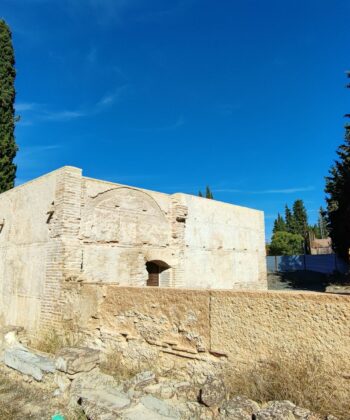
The Arab Baths of La Zubia are part of the typology of rural Muslim baths found in the Granada region. These baths, in contrast to larger and more decorated urban baths, were designed with a practical and functional approach. They were typically located on the outskirts of towns, near water sources, as they were considered spaces that produced smoke and ashes due to the use of firewood for heating. Additionally, these baths required space for storing the wood and straw needed for combustion.
Although smaller than other baths from the same era, the Arab Baths of La Zubia clearly demonstrate the functional architecture of these spaces. With their simple layout and absence of luxurious ornamentation, these baths follow the common model found in rural buildings of the time.
Architectural Details and the Use of the Furnace
The architecture of the Arab Baths of La Zubia is simple but efficient. The preserved chambers have a rectangular floor plan, with dimensions of approximately 8.5 meters in length and 3 meters in width. The tepidarium is slightly wider than the caldarium. Both rooms are covered by barrel vaults, which allow natural light to pass through the star-shaped skylights in the ceiling.
Access to the first room is through a pointed arch and corresponds to the tepidarium, where visitors would have received massages and treatments. In this room, remnants of lockers can still be seen, which were used to store the belongings of bathers. The second room, the hot room, is where users would immerse themselves in hot water. The heat was generated by an underground heating system connected to a furnace located in an adjacent room. This furnace also had a small wood storage area for the firewood.
Cultural and Touristic Heritage
The Arab Baths of La Zubia are a valuable testament to the engineering and customs of the Muslim era in Spain. Through their preservation, visitors can learn about the history of the area and the social practices of the Muslims on the Iberian Peninsula. Although the site remained largely unknown for a long time, its discovery and restoration in the 20th century have made it a must-see stop for those interested in the history of the region.
In addition to their historical importance, the baths are located near other points of interest, such as the Mudéjar Church of La Asunción, which is just 350 meters away from the baths. The church, built on what is believed to have been an old mosque, is also an excellent example of the Muslim influence on the architecture of La Zubia.
Currently, the Arab Baths of La Zubia are undergoing restoration, so the entire project has not yet been completed. As a result, access to the interior of the monument is restricted, and visits are only allowed through special guided tours. These tours, organized by the Town Hall of La Zubia and other groups, are the only way to closely explore this valuable heritage. During the tours, guides provide detailed explanations about the history, architecture, and original function of the baths, offering an enriching experience for visitors interested in Islamic culture and local history.
.
Location
Chana Street, La Zubia. You can easily park in the parking area of the La Zubia fairgrounds (recinto ferial) and walk 5 minutes to the Arab baths.
